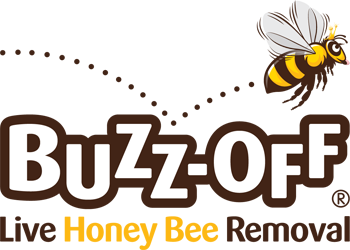-
 Anyone can make
Anyone can make
a difference to
help save bees
How you can help save bees
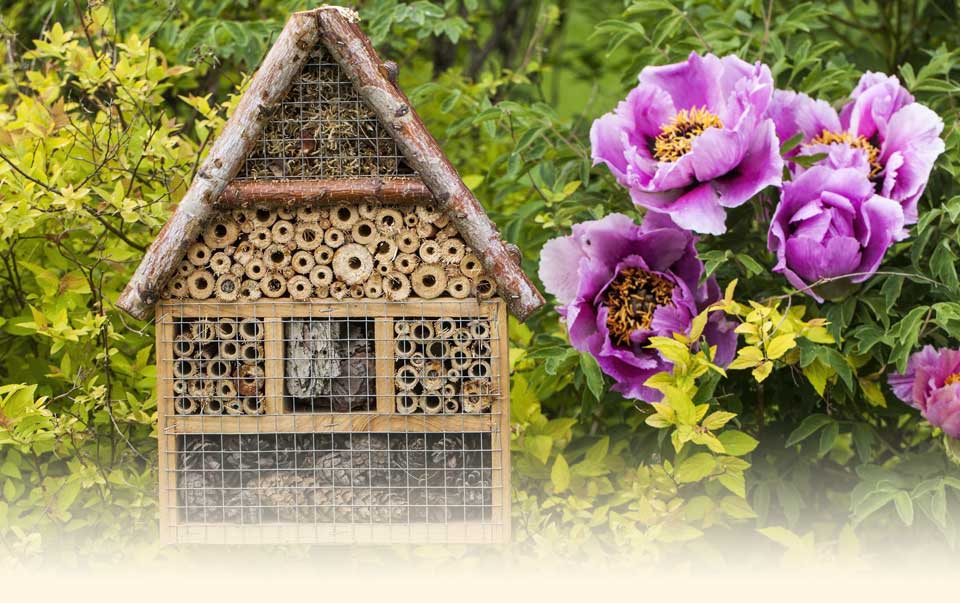
Planting for pollinators
Plant bee-friendly flowers and herbs in your garden from March to October so that bees have access to plenty of nectar. Bees love pollen-rich plants and native wild flowers such as primrose, buddleia and marigolds. You can also add exotic plants and plan your garden for winter so that bees have support all year round. Bees also love long grass so try and leave an area of your lawn uncut and allow flowering weeds to flourish. You can also buy or build an ‘insect hotel’ using hollow stems like bamboo, twigs and string – just tie them together and place in a sheltered area.
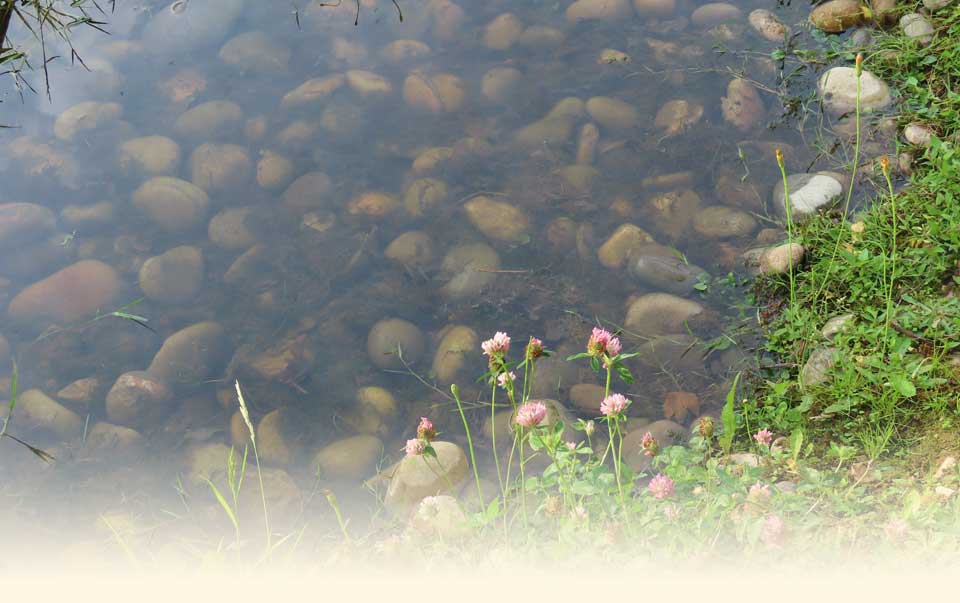
Bees get thirsty too!
Bees and other pollinators sometimes need to drink so
having a shallow pond or dish filled with water can provide a safe resource. A tired bee also enjoys a small hit of sugar (but never honey) – simply mix two teaspoons of white granulated sugar with one teaspoon of water and put it onto a plate or on a flower to revive a tired bee.
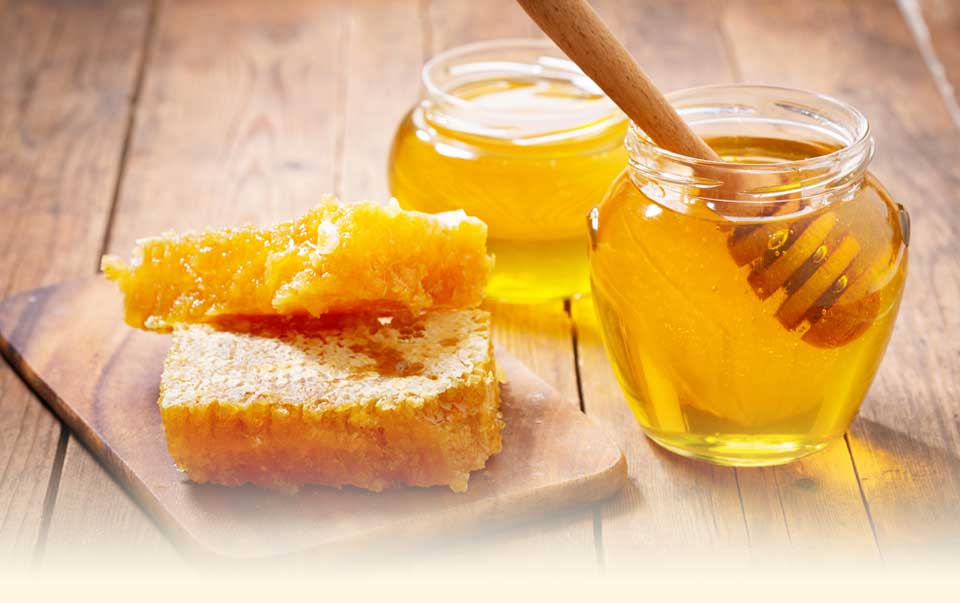
Sustainable Honey
When choosing honey, try to select something local and from individual bee-keepers who practice sustainability. You will then know where your honey is coming from and reduce carbon emissions used to ship honey to the supermarket. Try to eat honey less often though as this will help bee populations the most (just save it for an occasional treat!)
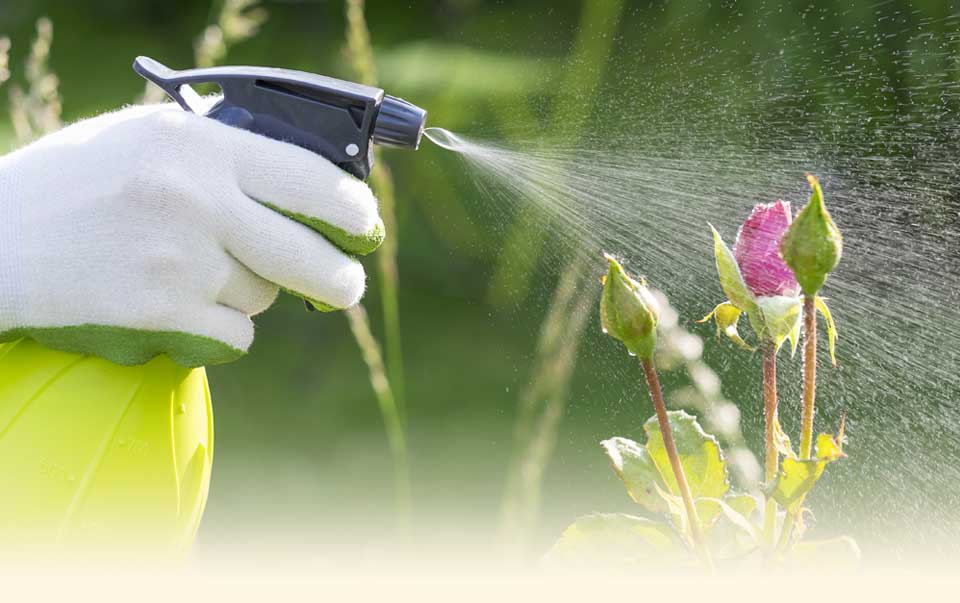
Garden pesticides adversely
affect pollinators
Bees are attracted to flowers as they feed on the nectar but if the flowers are covered in chemicals, the bees can transport the pollutants to their colony. This causes declines in the bee population and has the potential to enter our food chain through the honey we eat.
Try choosing more natural repellents where possible – you can make your own by combining puréed garlic cloves with water and oil, leaving over night, straining the mixture and thoroughly mixing soap into the liquid. You can then pour it into a spray bottle and apply to plants in the usual way. Alternatively, there are many organic options available online and at gardening centres. If you can accept the presence of some ‘pests’ in the garden, this can help to maintain a natural balance and provide larval food for all pollinators. Some plants can even offer protection from pests – borage planted alongside strawberry vines can attract bees which increases pollination and provides a higher yield of fruit.
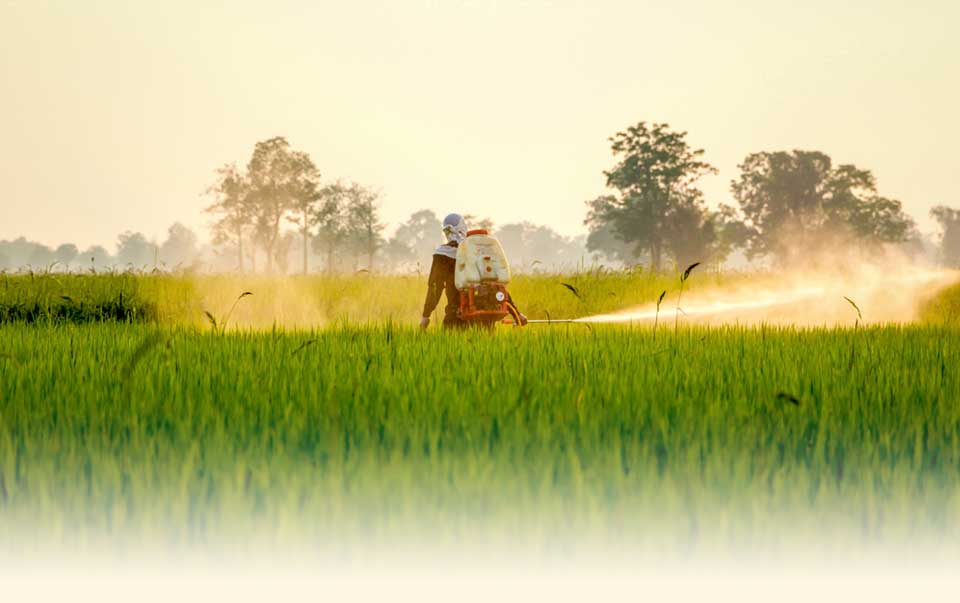
Chemical pesticides endanger
bees globally
Global bee populations have fallen dramatically in recent years and there is growing scientific evidence that chemical pesticides are playing a significant role. Neonicotinoids in particular are acutely toxic to bees. Often used in farming and agriculture, these chemical pesticides are highly toxic so that even small amounts have a devastating impact on bees and their colonies.
25% of all bee types in the UK are endangered therefore pest controllers do not apply bee treatments unless there’s a serious threat to human life. If left alone, bees won’t sting you and after the summer season, most will leave and not return to the nesting site the following year (colonies formed in spring usually decline naturally by late July). It’s always preferable to leave bee nests to thrive because they are beneficial to gardens and our ecosystem.
“Bees are reaching their tipping point because they are expected to perform in an increasingly inhospitable world”
Marla Spivak University of Minnesota, & colleagues, USA
How can we help you?
If you think you have a bee nest on your property that is causing problems, get in touch with Louise to arrange for a site visit and no-obligation quote:
